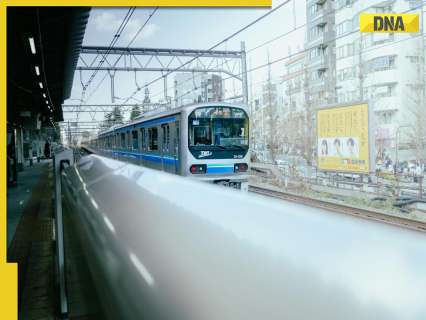In a groundbreaking move, Japan has built the world’s first railway station using 3D-printed parts — and it was assembled in under six hours. The new Hatsushima station was constructed by Serendix, a company known for 3D-printing homes, and is located in a quiet seaside town in Arida City, Wakayama Prefecture. The project aimed to replace the old wooden structure with a modern, durable building.
Around 530 people use the station daily, with trains running one to three times an hour. According to the West Japan Railway Company (JR West), the new station is smaller, covering just over 100 square feet, but much faster and cheaper to build. A traditional build would have taken over two months and cost double.

To speed things up, JR West partnered with Serendix. The parts were printed at a factory in Kumamoto Prefecture, about 500 miles away, and reinforced with concrete over seven days. The finished components were transported by road and reached Hatsushima on the morning of March 24.
Construction began after the last train departed at 11:57 p.m. Using a crane, workers assembled the blocks through the night, and the new structure was ready by the time the first train arrived at 5:45 a.
m. “This method cuts down the number of workers and the time needed,” said Ryo Kawamoto, president of JR West Innovations. Serendix co-founder Kunihiro Handa added that traditional station work usually stretches across many nights.
The station still needs interior installations, including ticket machines and card readers. JR West expects it to open fully to the public in July. Hatsushima was chosen for the project because its coastal location allows testing the structure’s durability in salty air.
This innovative approach could also help address Japan’s labor shortage in construction, especially in rural railway areas. This project marks a major step forward in combining technology with public infrastructure — showing that the future of construction might be just one print away..
Health

Japan shows the way, India to follow suit? World's first 3D printed railway station gets made in flat 6 hours

The new Hatsushima station was constructed by Serendix, a company known for 3D-printing homes, and is located in a quiet seaside town in Arida City, Wakayama Prefecture.















